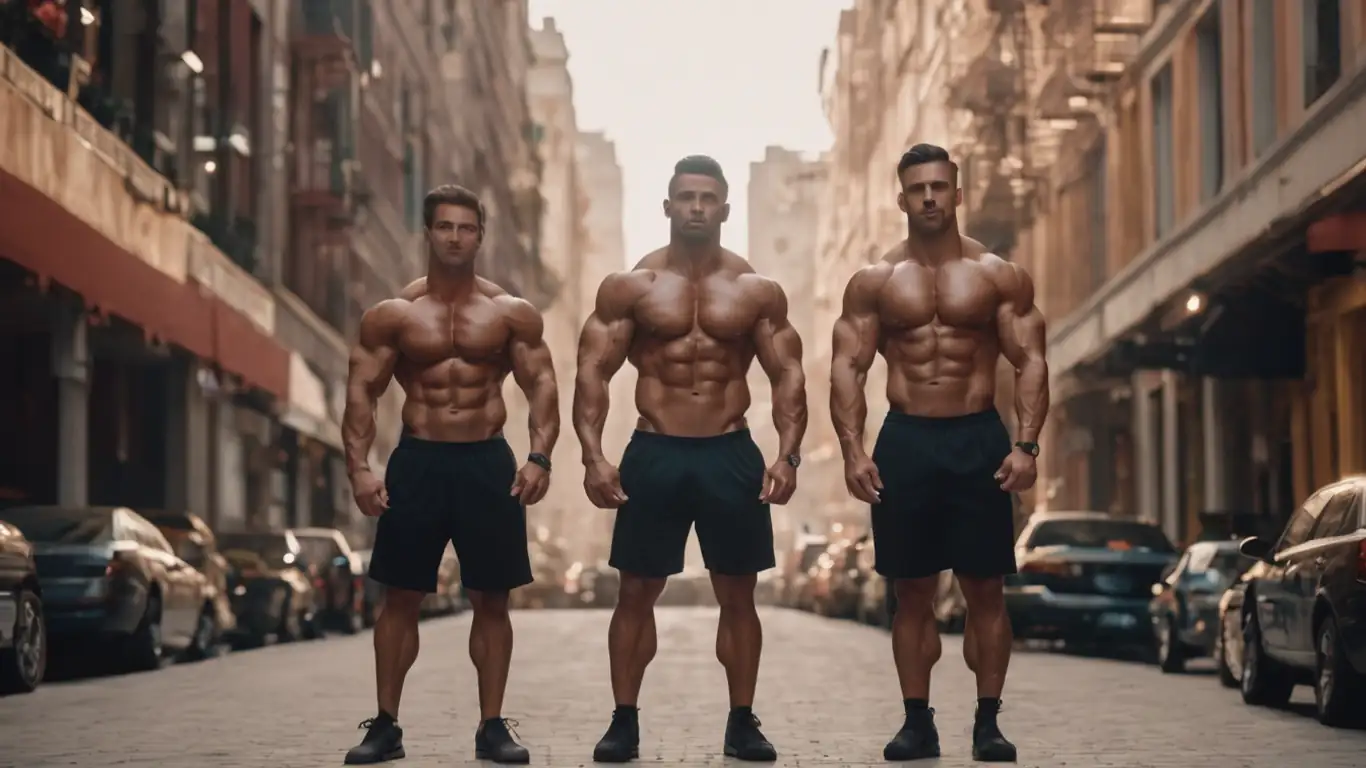Last Updated on January 27, 2024
Currently it’s a mixed bag with some natural organizations employing height classes and some employing weight classes to separate the different divisions of competition.
Height classes seem to be universally used for every division except bodybuilding for some reason. However, since every division of competition is aesthetic in nature – including natural bodybuilding – it begs the question about whether bodybuilding should also be judged by height in the spirit of fairness, uniformity, safety, and facility of judging.
Weight classes have been traditionally used in individual combat sports such as boxing, wrestling, and martial arts where pounds can make a difference because of the direct physical contact between competitors. It makes sense because extra pounds often translate into greater strength and power. But what does that have to do with bodybuilding where competitors are judged on how they look rather than how they physically match up with each other in terms of strength and power? It doesn’t.
Weight classes are patently unfair and more dangerous because they force athletes to lose weight unnecessarily only to make a lower weight class for a perceived competitive advantage. More often than not, they starve and/or dehydrate themselves and lose most of the muscle mass they have spent months (sometimes years) building, often compromising their health in the process. They forget that natural bodybuilding is bodyBUILDING – not looking like a concentration camp survivor whose physique (what is left of it) might be more “defined” only because it has wasted away to nothing but skin and bone.
It is also more difficult for judges to compare athletes by weight class because they are, more often than not, judging different somatotypes. After all, whether they weigh the same or not, how do you compare an athlete who is 5’6” tall compared to an athlete who is 6’2” when the same weight is distributed over two totally different statures standing next to each other?
On the other hand, athletes can’t change their height, so if they compete in height classes, they show up for competition looking as good as they can, packing as much muscle as they can on the height that they are. Judges can more easily apply their judging criteria straight across the board, too, without having one or more athletes standing head and shoulders above their peers in the same class.
Moreover, symmetry (usually defined as regularity, evenness, balance, uniformity, consistency, or conformity) is one of the most important criteria in judging. Judging is a visual experience, and judges cannot “see” the difference of ¼ -pound between one weight class and another weight without looking at the scale – they can only guess – but they can see differences in height which, immediately and irrevocably, confirms their sense of symmetry.
Height classes are also easier for contest promoters – particularly if there is a large number of contestants – because they can simply line up all of the contestants by height in stair-step fashion and divide them into two, three, or four (short, medium, medium tall, tall) as necessary without having to separately weigh each contestant to do the same thing.
What is it about natural bodybuilding, in particular, that focuses on “weight” anyway? It’s the “look” that counts. There is no difference between bodybuilding and every other division of completion in natural bodybuilding except that bodybuilding emphasizes more physical development. For the argument that size is a factor in judging bodybuilding and weight is an element of size – sorry, that doesn’t hold water. Bodybuilding is about the perception of size – not actual size – or the judges would be using a tape measure to see who wins.
















